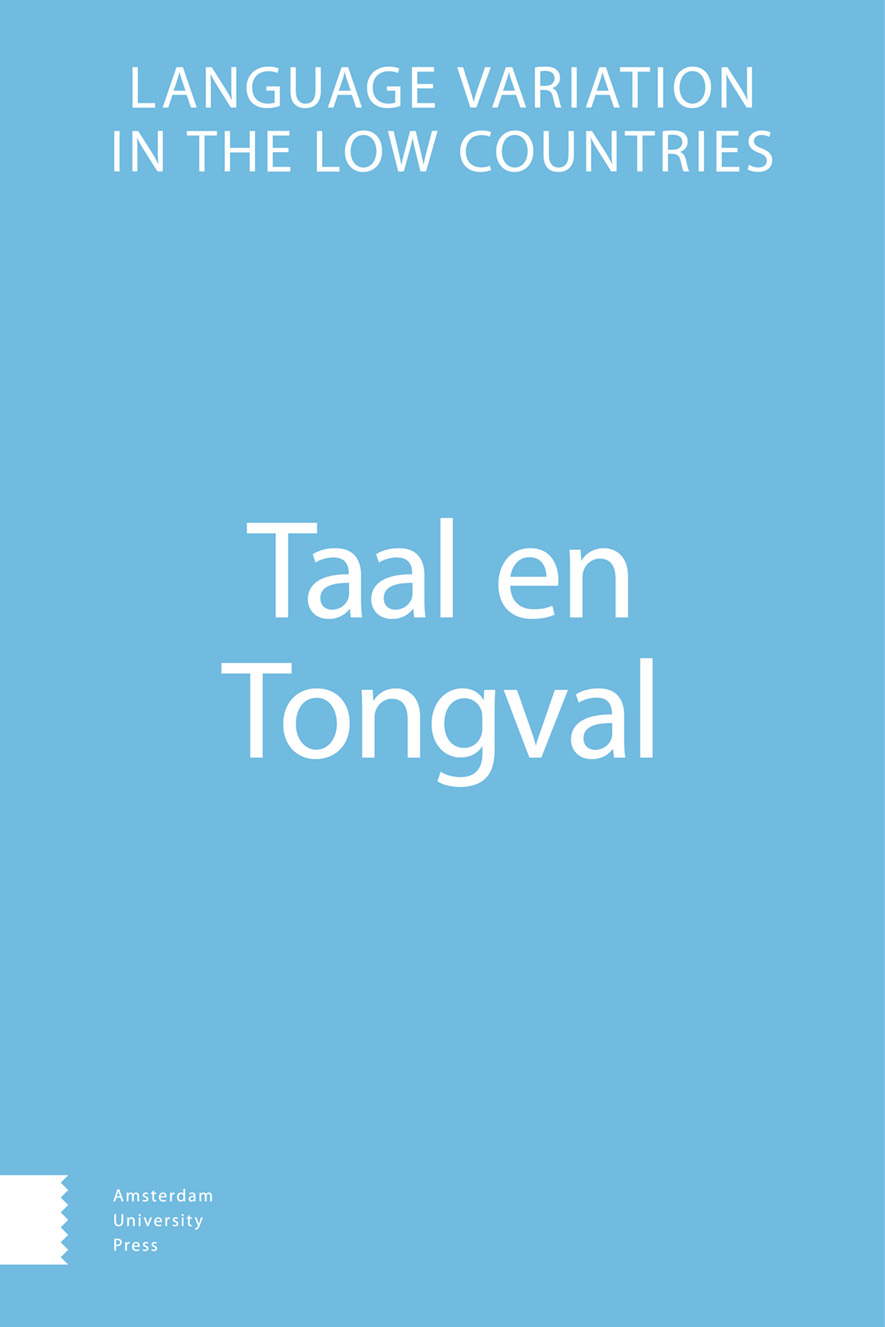- Home
- A-Z Publications
- Taal en Tongval
- Previous Issues
- Volume 62, Issue 1, 2010
Taal en Tongval - Volume 62, Issue 1, 2010
Volume 62, Issue 1, 2010
-
-
Van de redactie
More LessAuthor: redactie T&TDit eerste Taal en Tongval-nummer van de jaargang 62 (2010) is gewijd aan de figuur van Toon Weijnen, de onlangs overleden ‘nestor’ van de Nederlandse dialectologie.
-
-
-
Toon Weijnen - Taalbouwer van binnen en van buiten
More LessAuthors: Roeland van Hout & Joep KruijsenOp 28 december 2009 was het de honderdste geboortedag van prof. dr. A.A. (Toon) Weijnen, grondlegger van de systematische studie van de Brabantse en Limburgse dialecten, vermaard neerlandicus en dialectoloog, tot ver over de grenzen van Nederland en Vlaanderen bekend vanwege zijn Europese klank- en woordstudies. Hij overleed op 9 februari 2008. Op 11 december 2009 herdacht de Radboud Universiteit van Nijmegen de illustere student (van 1927 - 1934), promotus (1937) en hoogleraar (van 1958 - 1980) aan haar Faculteit der Letteren met een symposium in klooster Soeterbeeck in Ravenstein, met als motto: Honderd jaar Weijnen – met het oog op de toekomst.
-
-
-
De bijdrage van Weijnen aan de Nederlandse dialectologie
More LessAuthor: Jan GoossensThis paper discusses Weijnen’s most important and most representative contributions to Dutch dialectology. Weijnen’s scientific work is marked by combining an overall synthetic motivation and a stringently analytical approach. This combination resulted in both stratigraphic studies of the dialect lexicon and innovative insights in the classification of the Dutch dialects. Weijnen succeeded in uniting bundles of isoglosses resulting from geographical studies on words and sounds and subjective, perception based ratings of dialect speakers on linguistics distances between dialects. His work is strikingly consistent, from his dissertation onwards (1937), along his opus magnum, Nederlandse Dialectkunde (1958 en 1966), and up to and including his 1999 study on the old lexical layers in the south-central dialects.
-
-
-
Weijnen als lexicograaf
More LessAuthor: Piet van SterkenburgThis contribution discusses the importance of Weijnen’s lexicographical work. He was an lexicographical autodidact, but his work was exemplary and outstanding. This is illustrated by reviewing three impressive projects that he conceived and completed. The three projects are: (1) a monolingual pocket dictionary of the Dutch language which was the leading educational book for decennia, (2) two large-scale scientific dialect dictionaries based on an ideological ordering, and (3) an impressive etymological dictionary of Dutch dialect words.
-
-
-
Weijnen en de waarde van het dialect
More LessAuthor: A.M. HagenWeijnen paid elaborate attention to the societal position of dialects already in his earliest work, in a respectful way, without any romantic cherishing. The goals of language policy and language education needed to be directed, in his view, to competence in the standard language. That meant that dialects were especially relevant from a scientific, linguistic point of view. He focused his academic work on dialect geography, not on sociolinguistic issues like the balance and relationship between the standard language and its dialects. In his last productive years he nevertheless returned to the issue of the societal value and role of dialects, by pleading for a political recognition of Dutch dialect groups under the heading of European regional languages.
-
-
-
Weijnen en het interlinguaal syntactisch onderzoek
More LessAuthor: Sjef BarbiersThe Dutch dialectologist Weijnen was a central figure in the instigation and development of the Atlas Linguarum Europae (ALE). This paper discusses the role of comparative dialect syntax in Weijnen’s work and the ALE and compares this with modern comparative dialect syntax research. One main conclusion is that collecting comparative dialect syntax data on a large scale requires a theoretical perspective to guide and restrict the descriptive questions to be asked. A second main conclusion is that modern technological developments can make large comparative dialect syntactic data sets accessible to the research community. Consequently, it becomes possible to test hypothesized correlations quantitatively. A precondition for such an enhancement of the empirical basis of comparative syntactic research is of course extensive and intensive systematic data collection in as many language areas as possible. Most of this work still has to begin.
-
-
-
Weijnen tussen noord en zuid
More LessAuthor: Jan B. BernsThis contribution evaluates the role and position of Weijnen in dialectological debates about the relationships between the Netherlands in the north and Flanders in the south. This is done on the basis of the reception of Weijnen’s most important works by studying the book reviews of his Flemish colleagues. It is examined how critical comments from Flemish origin were dealt with in reissues of these works and in other scientific work by Weijnen. Finally, it is investigated how Weijnen dealt with Flemish issues and phenomena in his own work.
-
-
-
Dialectgrenzen in Noord-Brabant, tussen 1937 en 2009
More LessAuthor: Jos SwanenbergThis paper addresses the division of dialect areas in the Dutch province North-Brabant, as proposed by Weijnen, predominantly in his dissertation (1937). The spread of dialect phenomena as described in more recent research results, such as Woordenboek van de Brabantse Dialecten (‘Dictionary of the Brabantic Dialects’) or Morphology Atlas of Dutch Dialects, is compared to the isoglosses Weijnen has drawn. Special attention is given to three dialect areas Weijnen has mentioned as ‘non-Brabantic’.
-
-
-
Weijnen en zijn nalatenschap
More LessAuthor: Joep KruijsenIn this contribution, the paper legacy of Toon Weijnen, as stored and made digitally searchable in the library and archives of the Meertens Institute in Amsterdam, is described. Weijnen’s library is a reflection of the entire state of Dutch dialectology until the final decade of last century. His scientific correspondence includes almost 2000 letters from the period 1935-2006 and around 500 other manuscripts. But above all this, his students are the scientific legacy of Toon Weijnen.
-
Volumes & issues
Most Read This Month


